FLOOR PLAN PARAMETRICS
Procedural Floor Plan Generation Within Residential Development
THE IDEA
Floor plan design is regarded as on of the major tasks within architecture and housing development. It is a challenge of creating appropriate shapes and locations of rooms, and the process normally requires parallel design steps across different scales. The task can often be complex and results in a time consuming process.
”Floor Plan Parametrics” is an investigation on how procedural algorithms from the gaming industry can be developed in order to support the floor plan creation within architecture. The focus is on generative design – a process where architects formulates rules and constrains, and a software generates possible solutions. By defining rules for floor plans the algorithm generates multiple possible room configurations inside a given apartment boundary.
RESEARCH QUESTIONS
How can the logic behind residential floor plans be translated into quantifiable variables by using statistics of existing floor plans?
How well can an algorithm generate residential floor plans similar to those created by using traditional architectural methods?
The hypothesis is that it is possible to digitize and decode the logic behind architecture in the design of residential floor plans in order to increase the efficiency within the housing development.
An algorithm is developed in C# and the final product is a script executed in Grasshopper. Either a random selected layout can be used and further developed by an architect or all of the generated solutions can be evaluated and compared. Based on defined evaluation criteria the optimal solution for a given boundary can be selected and then further developed.
ALGORITHMS
The user input for the algorithm is the boundary of the apartment, the façade, an access point and a list of required rooms. The boundary is represented by a poly line in the XY plane and the access point is a point on the boundary represented by an x and y coordinate. The room list represents a list of objects with certain properties presented in the previous chapter
The output is N amount of alternative floor plan layouts (with different adjacency graphs/room placements). The algorithm and the outputs should not be seen as the final result of a floor plan but rather as an investigation and inspiration for further design development
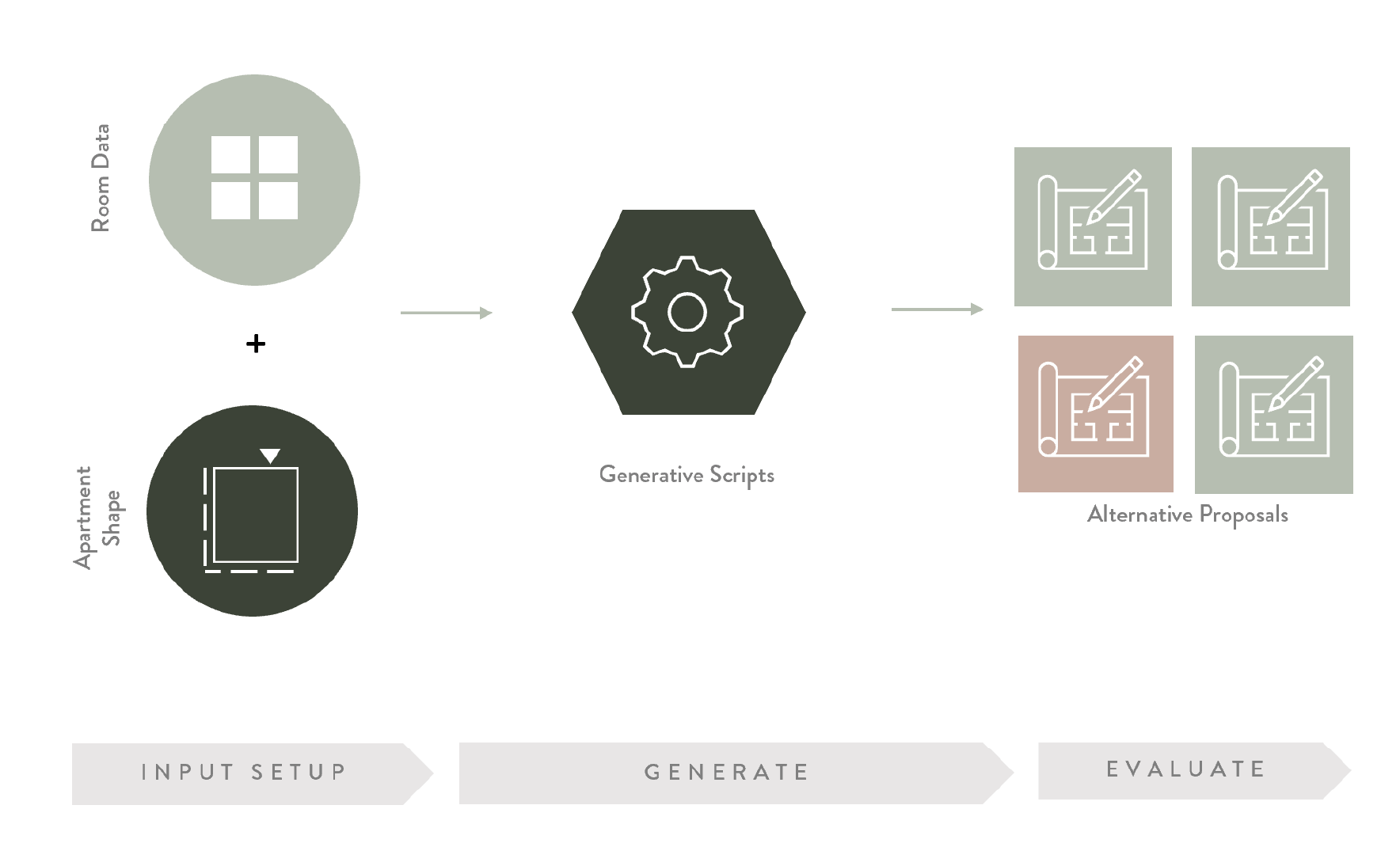
RESULTS
The procedural algorithm is fast and multiple alternatives for a floor plan can be generated in milliseconds. Either a random selected layout can be used and further developed by an architect or all of the generated solutions can be evaluated and compared. Based on defined evaluation criteria the optimal solution for a given boundary can be selected and then further developed.
The result shows that the algorithm can generate floor plan layouts for a wide range of different apartment shapes, independent of building style and typology. It works for apartments in lamella structures, point houses and also for complex quarter structures.
Apartment with different sizes, shapes and room topologies have been selected in order to proof the spread of usability.
INPUTS – CASE 01
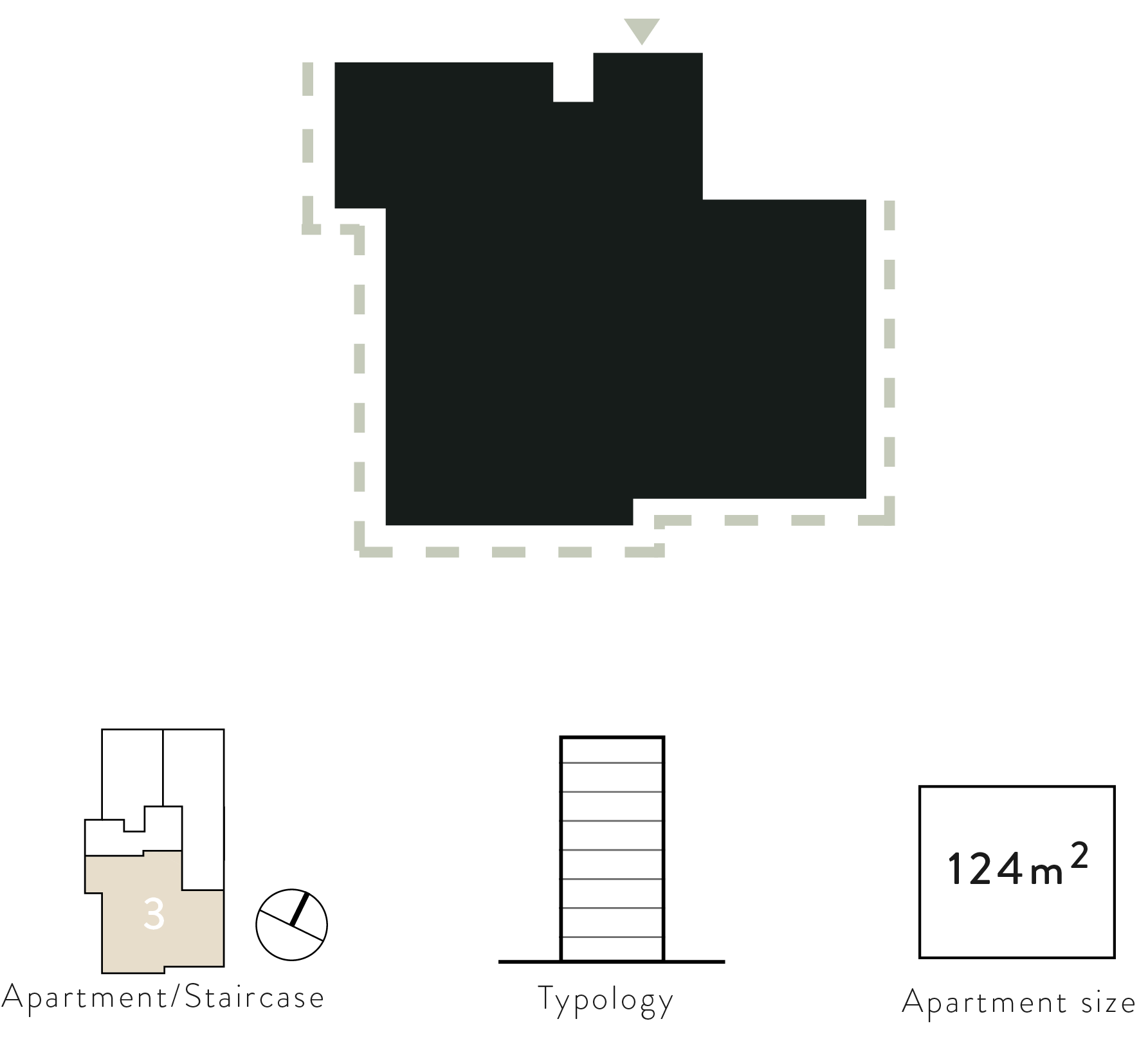
OUTPUTS
INPUTS – CASE 02
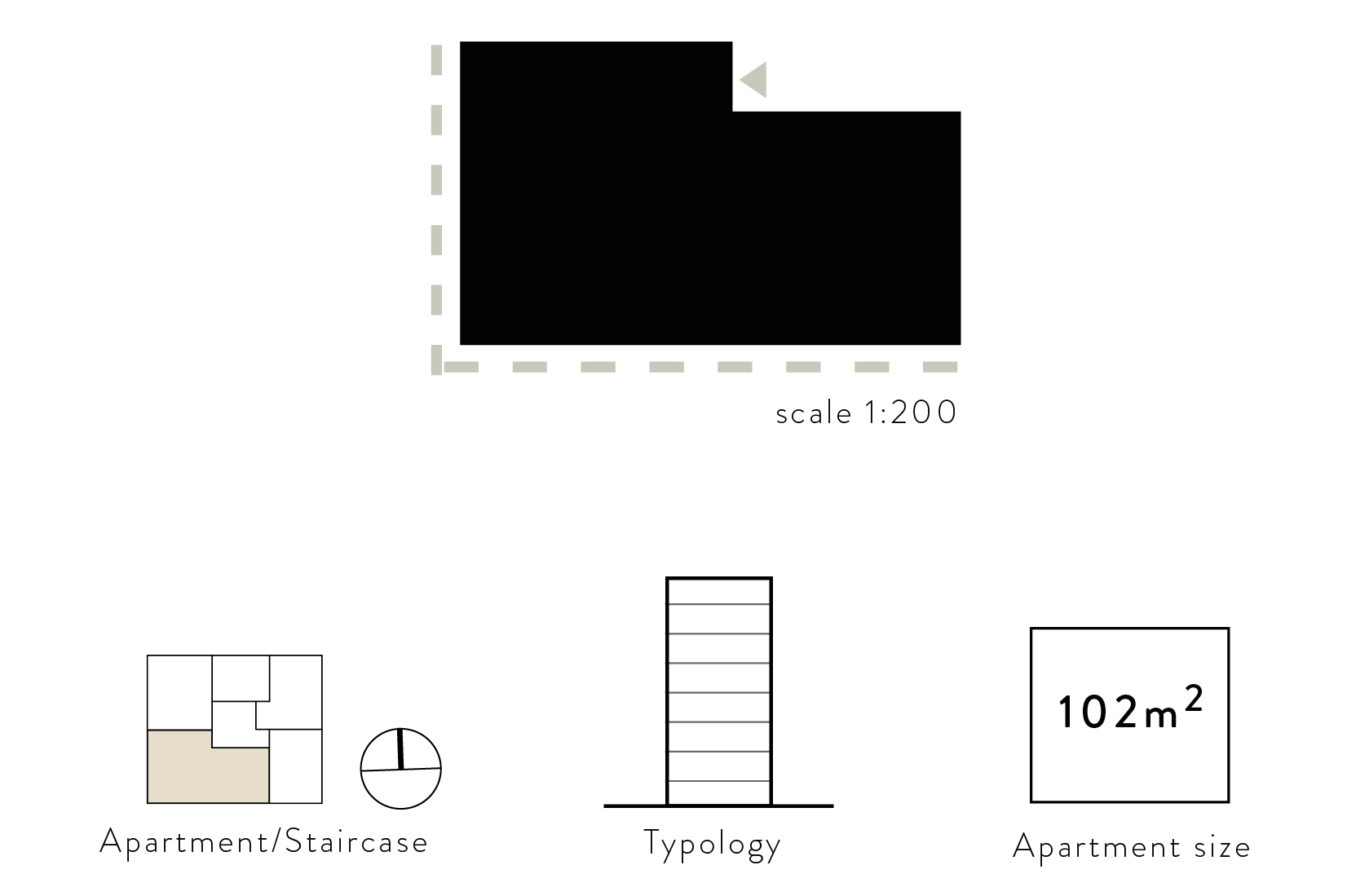
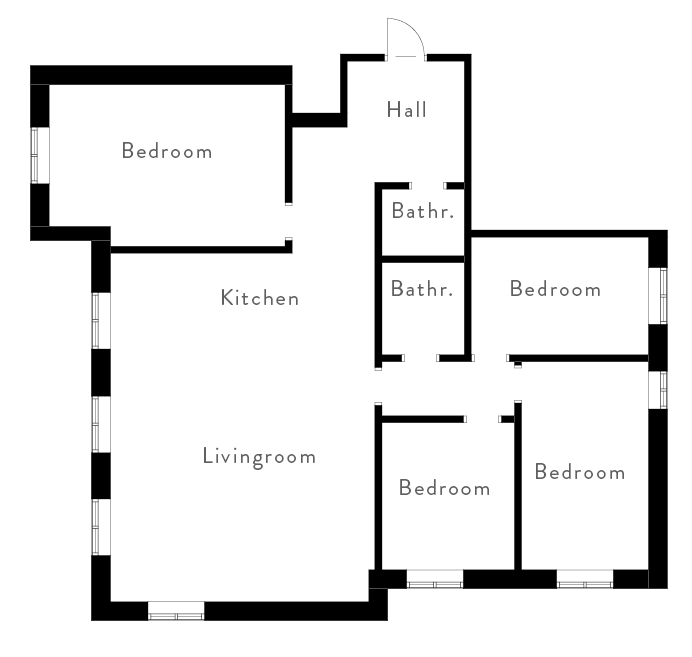
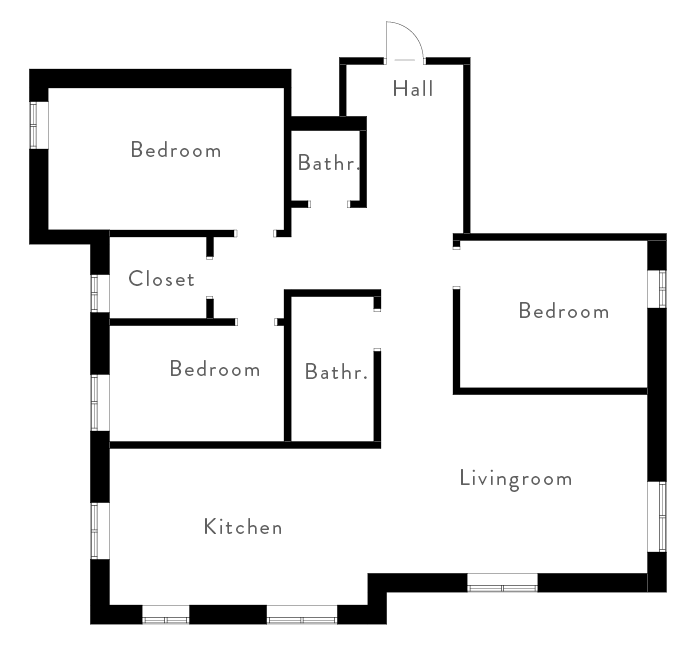
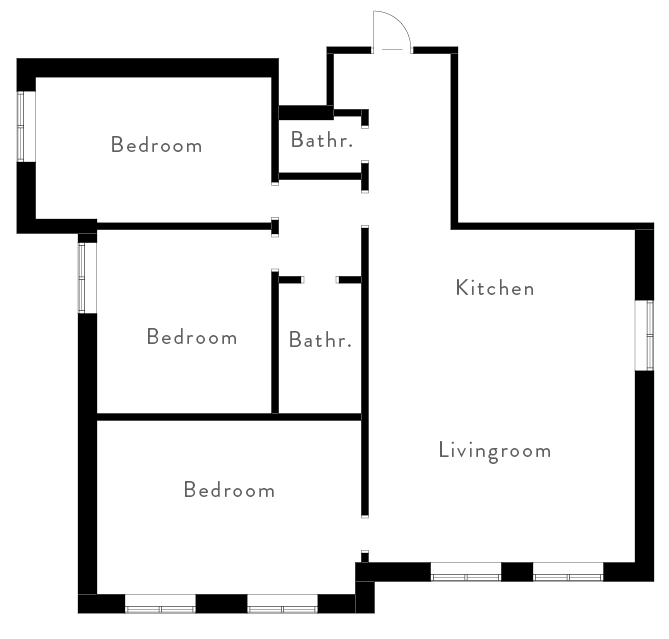
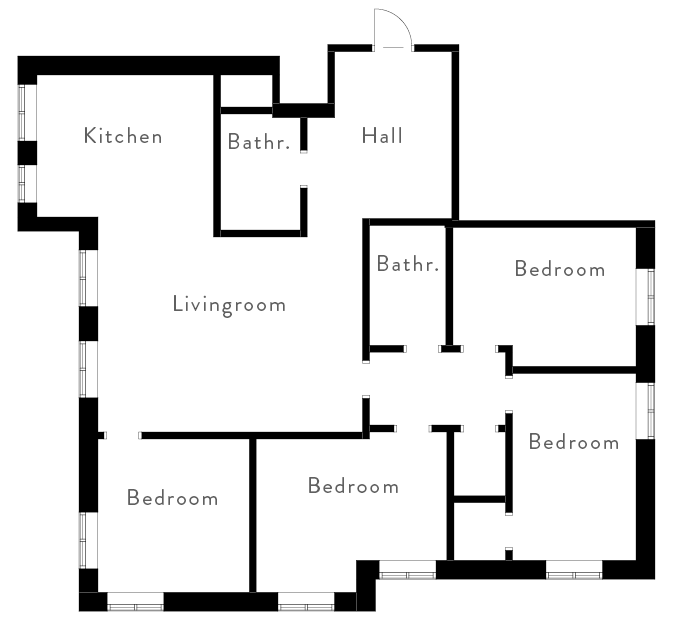
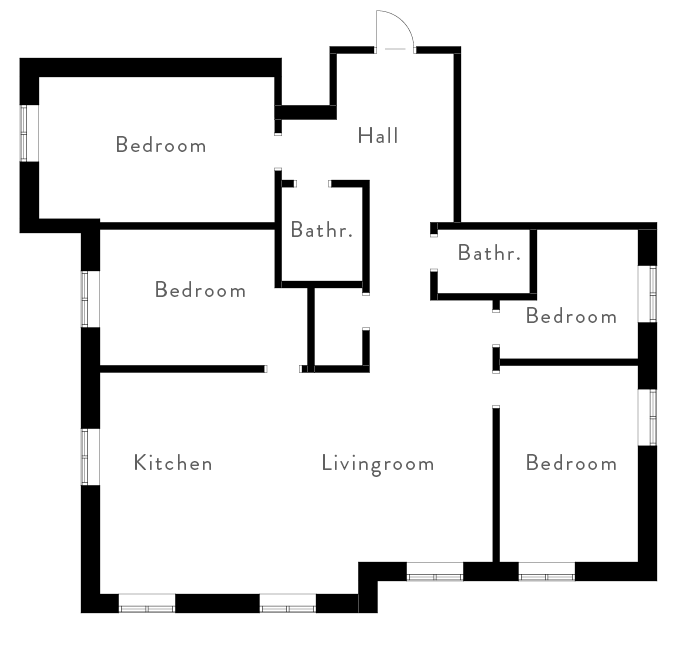
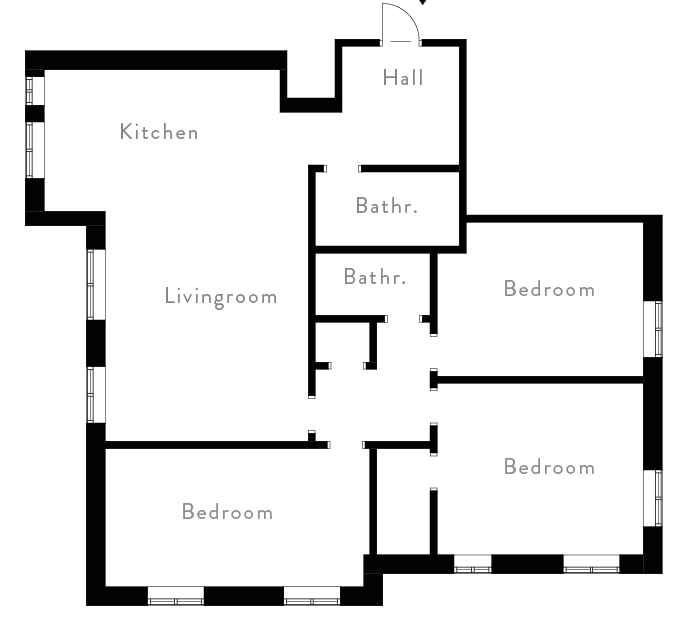
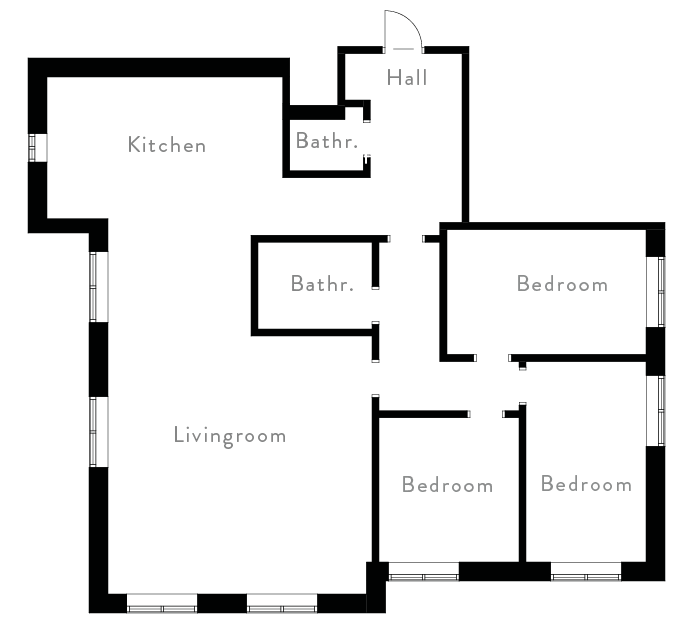
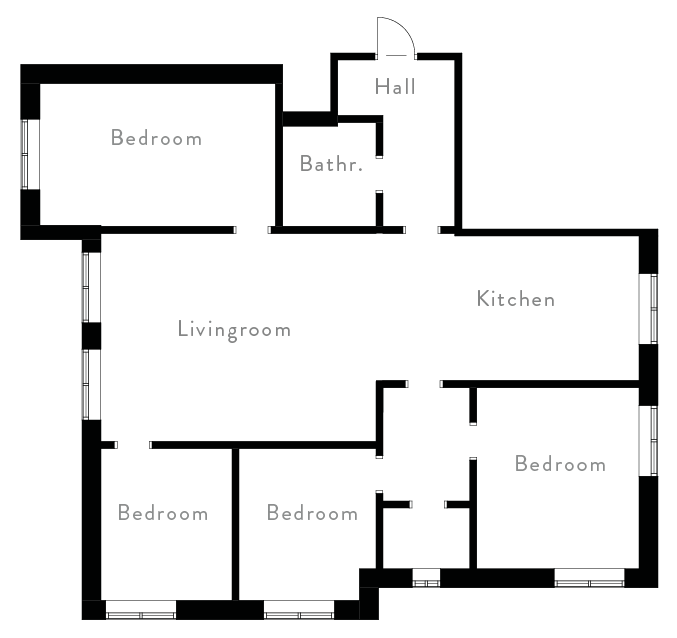
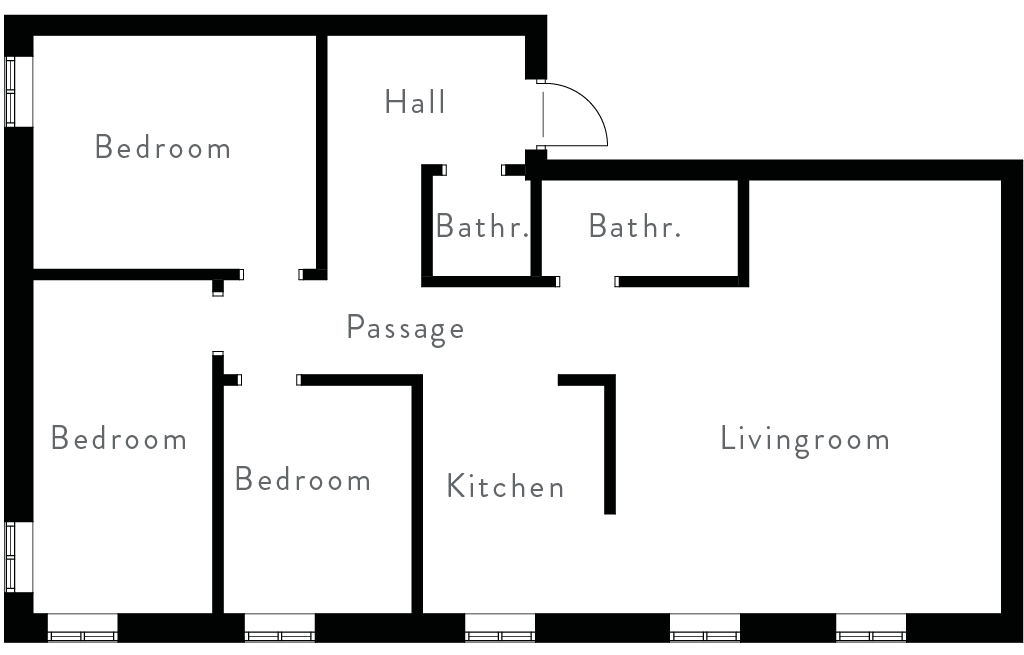
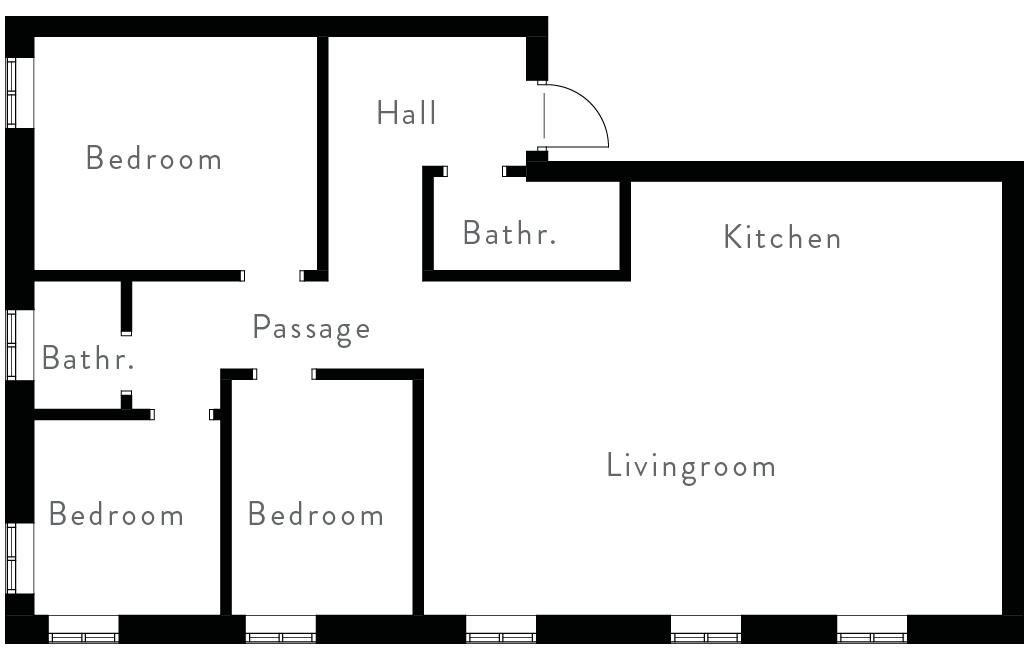
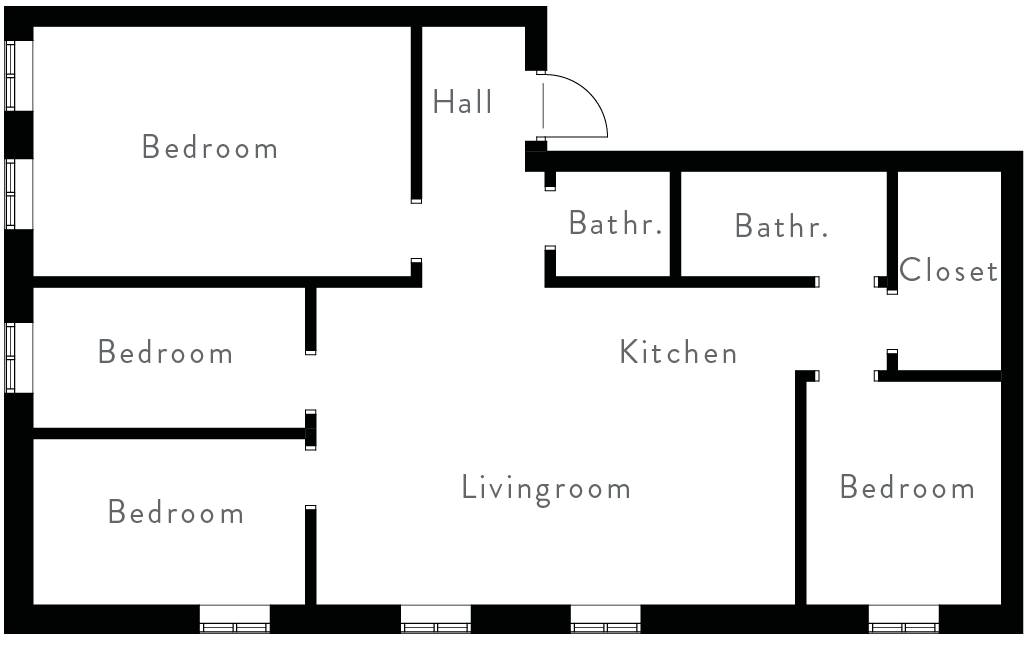
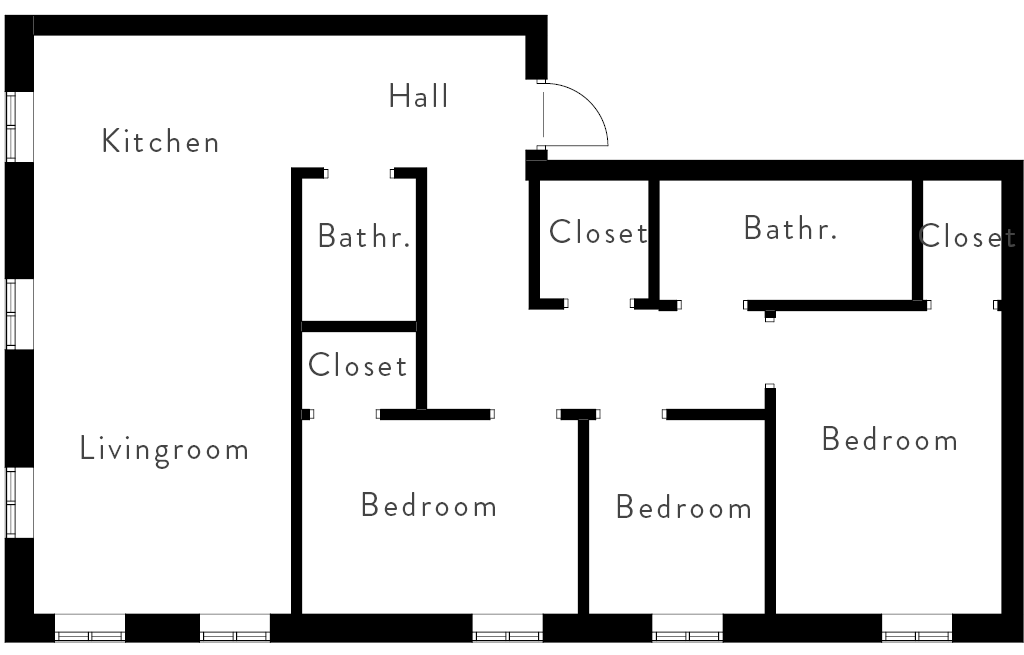
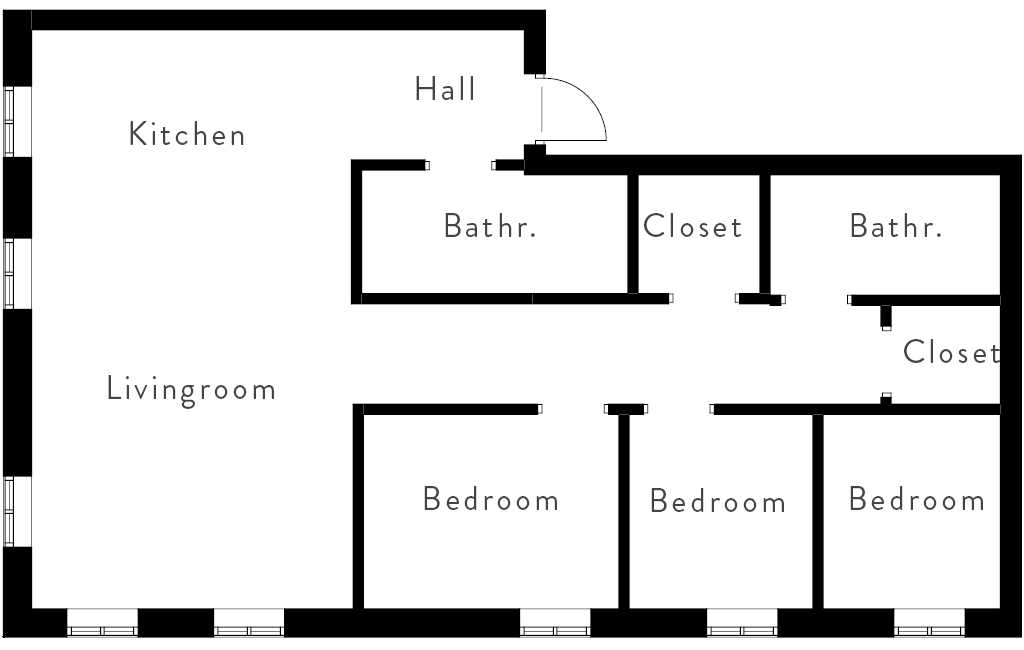
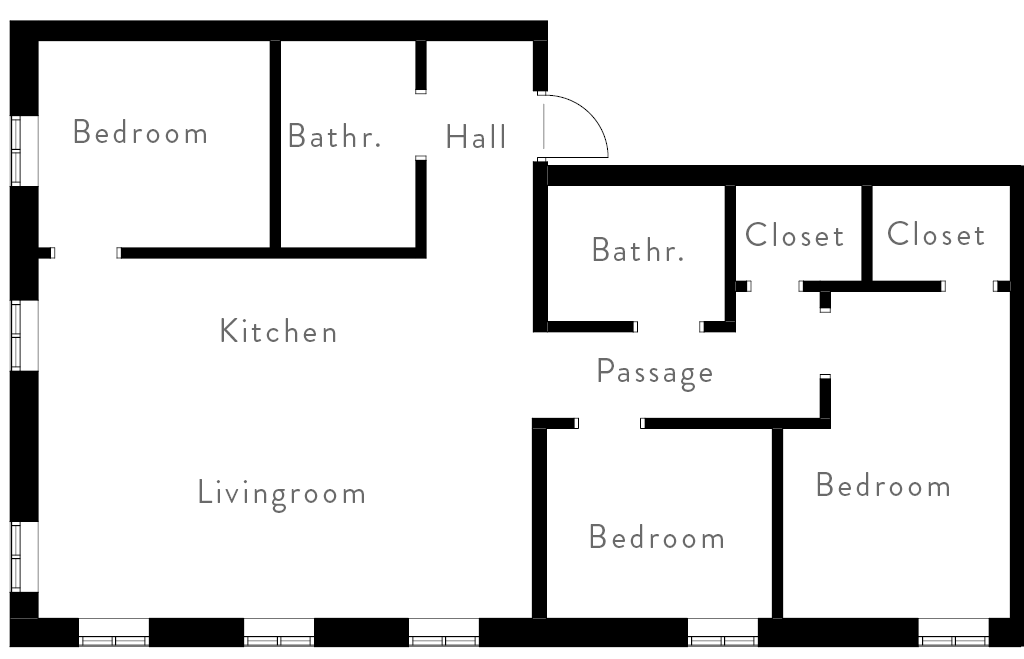
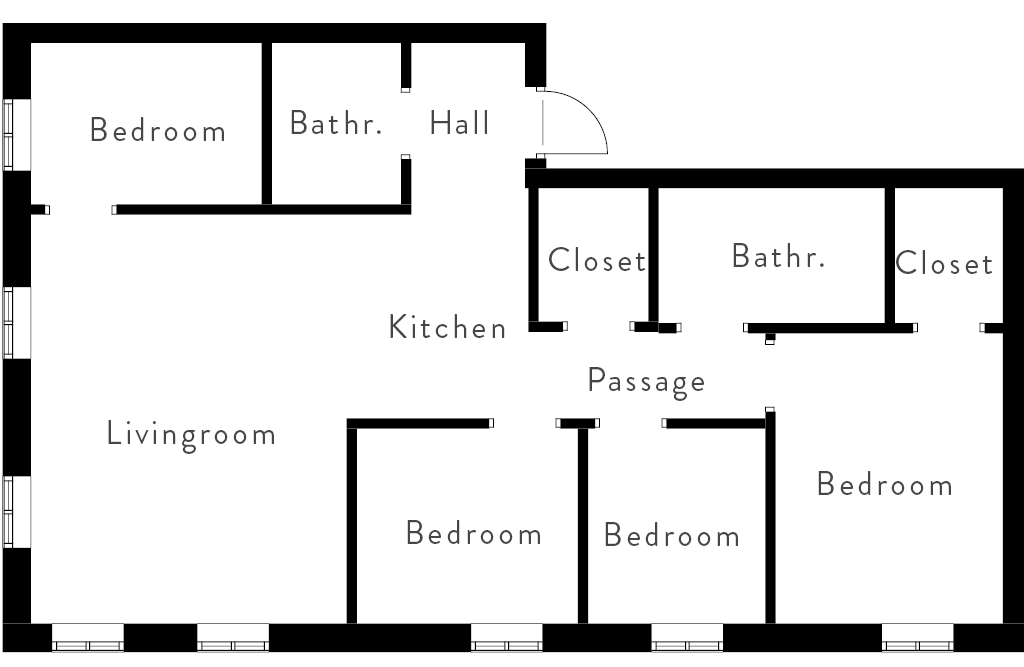
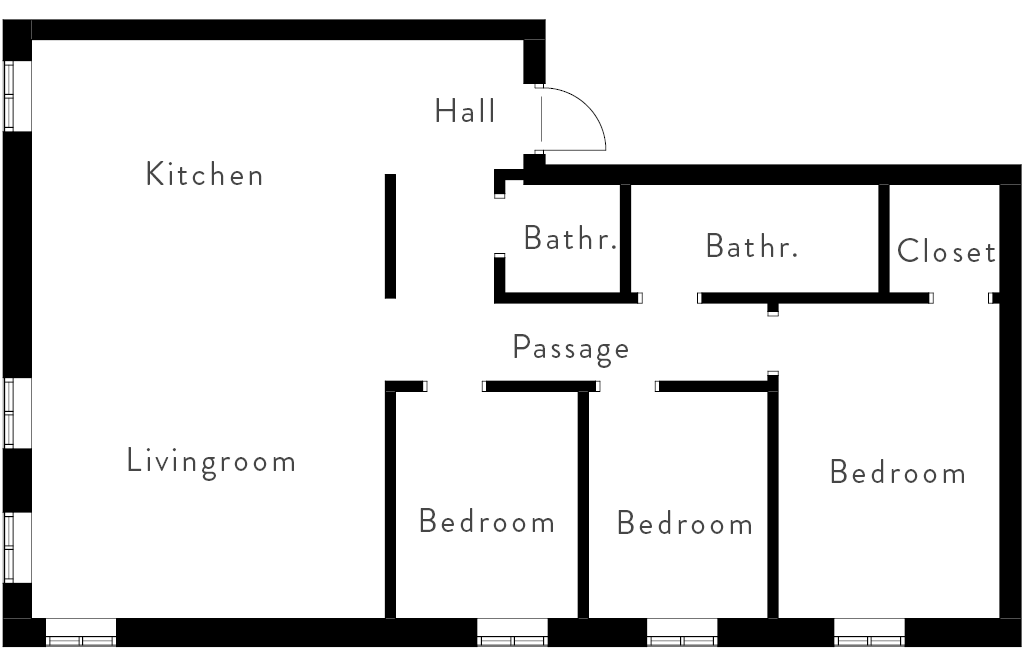

One reply on “Sofia Malmsten”